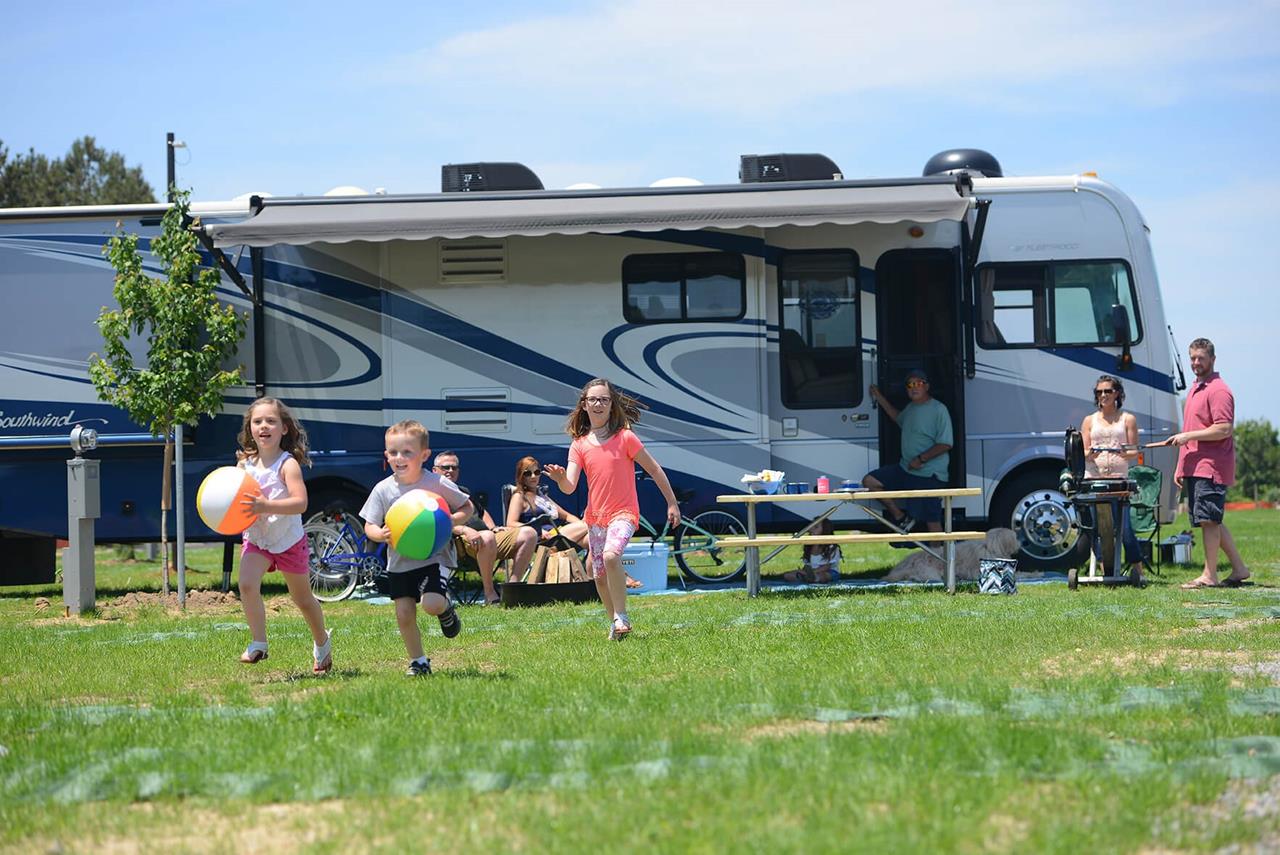
When seeking advice on anything, it’s best to seek out someone who has experience in the field. For RV maintenance tips, there’s two types of experts you can talk to in most cases — either an RV technician or a full-timer with loads of experience on the road.
The one downside with an RV technician is that they may not put things into “layman’s” terms. A full-timer on the other hand is a fellow RVer, just one with more experience. Bill Whetstone is just such a guy, and he’s got lots of practical maintenance tips that can help you keep your rig in tip-top shape.
To give your home-on-wheels the care it deserves, refer to the following maintenance checklist:
Oil Changes
Consult your engine maintenance schedules to determine the recommended frequency of oil changes. The old standard of changing the oil every 3,000 miles may not necessarily apply to your motorhome. Even if you don’t drive your RV very far or very often, you’ll still want to change the oil at least once a year; if you’re a road warrior, you’ll need to do it more often. Be sure to use a quality oil for optimal performance.
Coolant
Different areas of your coolant system — including the water pump, radiator, hoses and overflow tanks — all require some maintenance, and you should check them regularly. After all, you don’t want to see the water temperature needle edge into the red on a long climb. Be sure to use the proper coolant for your system, and bear in mind that some systems have special requirements. To be on the safe side, you may want to keep an extra gallon of coolant in your tool bay.
Air Filter
Check your air filter before a trip, and change or clean as necessary. If you’re logging miles along dusty roads or parking at beachfront campsites, you’ll want to change/clean your filter more frequently, since dust, sand and salt can wreak havoc under the hood. There are two types of air filters: traditional paper filters and washable, reusable filters, like those made by K&N®. Paper filters are fairly inexpensive and are simply replaced when they get dirty. Reusable filters typically have a number of cotton cloth layers sandwiched within aluminum mesh; you coat them with a special oil and then install. When a reusable filter gets dirty, you can simply wash it, re-oil and replace. The manufacturers of these filters claim they provide less restricted air flow, resulting in a more efficiently running engine. If you do a lot of traveling in dusty or sandy environments, one advantage of the reusable filters is that you can just clean and re-oil them as often as needed instead of having to constantly replace them.
Transmission Fluid & Filter
This bit of maintenance has a longer period between required changes, so it can sometimes get overlooked. But don’t ever forget to put this task on your “to-do” list, or your transmission will pay the price.
Fuel Filter
As with the other checklist items, you should refer to manufacturer recommendations for fuel filter replacement. But a good rule of thumb is to change this filter at least once a year, since most of us will not log the miles recommended between each change. I’d say 20,000 miles is a fairly typical interval for a fuel filter change. Cummins® recommends changing the fuel filter every time you change the oil. If you make this task part of your routine maintenance, you’ll be less likely to overlook it.
Additives
If you will be storing your RV for a long period of time, fill the fuel tank and add a fuel stabilizer. Keeping the tank full will eliminate “air space” in the tank. The problem with air space is that it can lead to condensation inside the tank, and this can introduce moisture to the fuel. Moisture is an enemy to your engine’s internal parts, so it’s best to avoid moisture whenever possible.
Belts and Hoses
These items are built to last a long time, but keep your eye on them. Whether you just bought a new motorhome or are driving a model with some years and miles on it, inspection and replacement of your belts and hoses is a good proactive maintenance function. There’s nothing like a broken belt or leaking hose to spoil a trip. Examine these parts at least once a year; however, I would also recommend inspecting them before any trip. Look for cracks in the hoses, especially near any bends in the hose, as cracks generally show at stress points first. With belts, you’ll want to check the contact portion of the belt for cracks. You might consider changing the serpentine belt at your next oil change whether or not it’s worn enough to require replacement, and then keep the used belt for a spare. Sometimes it’s harder to find the proper belt than it is to find someone to replace it.
. . .
While some of these checklist items can be do-it-yourself tasks if you are mechanically inclined and have the appropriate tools, I recommend leaving RV maintenance to the experts. The heavy-duty tools required for motorhome maintenance are not typically in your take-along toolbox, and oil changes on a coach aren’t quite the same as for your car. (For starters, there are many more quarts of oil to catch and properly dispose of.) In addition, you don’t want to risk voiding any warranties, which can happen if an amateur maintenance attempt goes awry.
The key is to make it a priority to inspect these checklist items on a regular basis, and to schedule an appointment with your local RV service professionals for routine maintenance. It’s the best way to ensure worry-free travels for years to come.
—
Source: Bill Whetstone, RV technical expert



